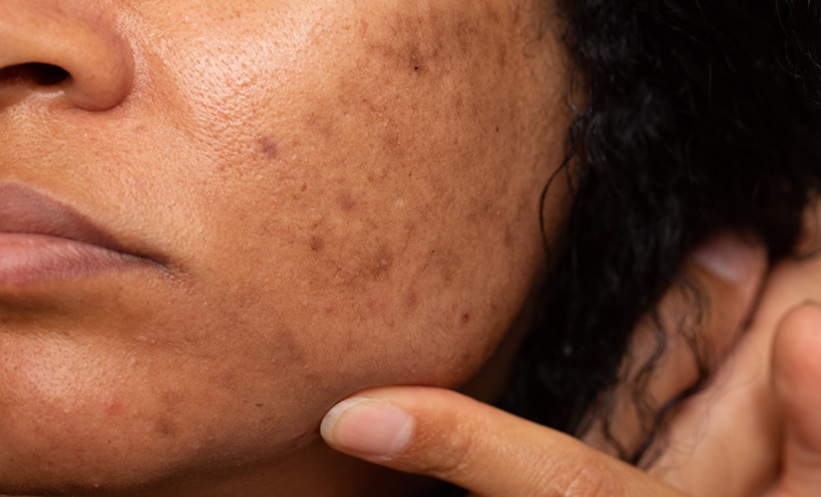Meeting Summary
Similar to some other tissues such as the gut, the skin is colonised by a dense community of commensal microorganisms. Maintaining the balance of this diverse flora may be important for healthy skin. Changes in the composition of cutaneous microbial communities have been linked to several chronic inflammatory skin diseases, including atopic dermatitis, psoriasis, and acne. Acne is a chronic inflammatory disease that affects the pilosebaceous follicle. The association between Propionibacterium acnes and acne vulgaris has been well established, but very few studies have investigated the total facial skin microbiota of acneaffected patients. Three-dimensional topographic analyses and microbiome profiling have, however, revealed differences in microbiome composition between healthy skin and acne lesions, as well as natural differences in microbial colonisation between the sebaceous gland and surface skin.1 Furthermore, bacterial communities of the skin are involved in immune homeostasis and inflammatory responses important in the development of all acne lesions.2 This improved understanding of the interactions between skin microbiota and the innate immune response in acne may provide a platform to design efficacious treatment strategies, specifically concerning the role of dermocosmetics to protect the skin microbiome.
Please view the full content in the pdf above.








